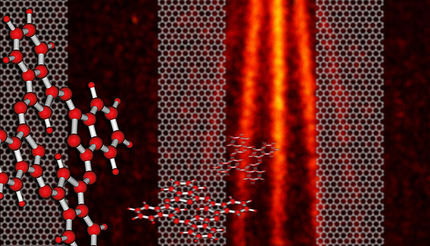The quantum refrigerator
Computer simulations show how quantum fields could be used to break low-temperature records
At first glance, heat and cold don't have much to do with quantum physics. A single atom is neither hot nor cold. Temperature can only be defined for objects that consist of many particles. But at TU Wien, in collaboration with Freie Universität Berlin, Nanyang Technological University in Singapore and the University of Lisbon, it has now been possible to show what possibilities arise when thermodynamics and quantum physics are combined: One can specifically use quantum effects to cool a cloud of ultracold atoms even further.
No matter what sophisticated cooling methods have been used before, this technique, which has now been presented in the scientific journal "Physical Review X-Quantum", takes us even closer to absolute zero. A lot of work is still needed before this new cooling concept can be turned into a real quantum refrigerator, but initial experiments already show that the necessary steps are possible in principle.
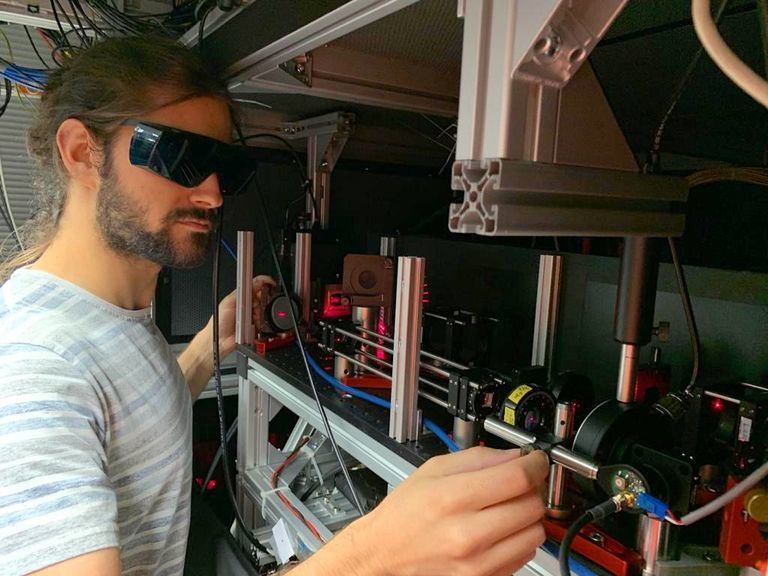
João Sabino in the laboratory
TU Wien
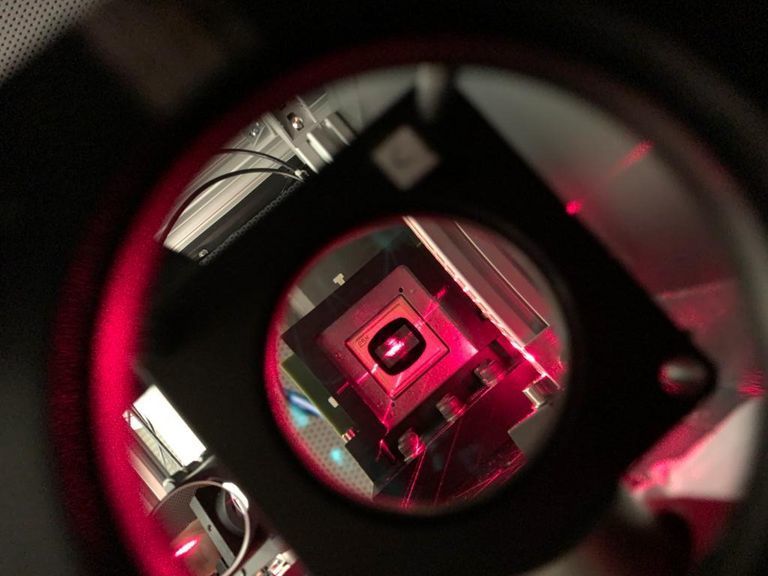
View through the laser system
TU Wien
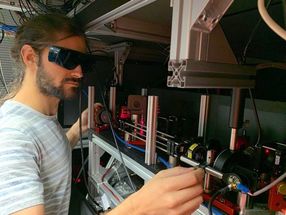
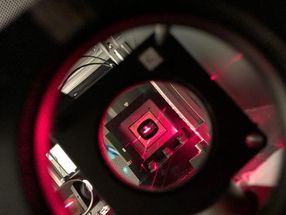
A new field of research: quantum thermodynamics
"Thermodynamics has long played an important role for classical mechanical machines - think of steam engines or combustion engines, for example. Today, quantum machines are being developed on a tiny size scale, but thermodynamics has hardly played a role there so far" explains Prof. Eisert from Freie Universität Berlin.
"If you want to build a quantum heat machine, you have to meet two requirements that are fundamentally contradictory to each other," explains Prof. Marcus Huber from the Atomic Institute at TU Wien. "It has to be a system that consists of many particles, and in which you cannot control every detail exactly. Otherwise, you can't talk about heat. And at the same time, the system must be simple enough and sufficiently precisely controllable not to destroy quantum effects. Otherwise, you can't talk about a quantum machine."
"Already in 2018, we came up with the idea of transferring the basic principles of thermal machines to quantum systems by using quantum field descriptions of many-body quantum systems," says Prof. Jörg Schmiedmayer (Atomic Institute, TU Wien). The research team from TU Vienna and FU Berlin has now investigated in detail how such quantum heat machines can be designed in concrete terms. They based their work on the operating principle of an ordinary refrigerator: Initially, everything has the same temperature - the interior of the refrigerator, the environment and the coolant. But when you evaporate the coolant inside the refrigerator, heat is extracted there. The heat is then released outside when the coolant is liquefied there again. So you raise the pressure and lower it again, and through this interplay you can make it colder on the inside and warmer on the outside.
The question was whether there could also be a quantum version of such a process. "Our idea was to use a Bose-Einstein condensate for this - an extremely cold state of matter," says Prof. Jörg Schmiedmayer. "Over the last few years, we have gained a lot of experience in controlling and manipulating such condensates very precisely with the help of electromagnetic fields and laser beams, and in doing so we have investigated some of the fundamental phenomena at the interface between quantum physics and thermodynamics. The logical next step was then the quantum heat engine."
Atomic-level energy redistribution
Such a Bose-Einstein condensate is divided into three parts that initially have the same temperature. "If you couple these subsystems in exactly the right way and separate them from each other again, you can achieve that the part in the middle acts as a piston, so to speak, and allows heat energy to migrate from one side to the other," explains Marcus Huber. "As a result, one of the three subsystems then has a lower temperature at the end than at the beginning."
Even at the beginning, the Bose-Einstein condensate is in a state of very low energy - but just not quite in the lowest possible energy state. Individual quanta of energy are still present and can move from one subsystem to another - these are called "excitations of the quantum field."
"These excitations take over the role of the coolant in our case," says Marcus Huber. "However, there are fundamental differences between our system and a classical refrigerator: In a classical refrigerator, the heat flow always knows only one direction - from warm to cold. In a quantum system, this is more complicated, as the energy can also change from one subsystem to another and then return again. So you have to control very precisely when which subsystems should be connected and when not."
So far, this quantum refrigerator is only a theoretical concept - but experiments have already shown that the necessary steps are feasible. "Now that we know that the idea basically works, we will try to implement it in the lab," says Joao Sabino (TU Vienna). "We hope to succeed in the near future." That would be a spectacular step forward in low-temperature physics - because no matter what other methods are used to reach extremely low temperatures, the novel 'quantum refrigerator' could always be added at the end as a final additional cooling stage to make part of the ultracold system a bit colder. "If it works with cold atoms, then our ideas can be implemented in many other quantum systems and lead to new quantum technology applications", says Jörg Schmiedmayer.
Note: This article has been translated using a computer system without human intervention. LUMITOS offers these automatic translations to present a wider range of current news. Since this article has been translated with automatic translation, it is possible that it contains errors in vocabulary, syntax or grammar. The original article in German can be found here.
Original publication
M. Gluza et al., Quantum Field Thermal Machines, PRX Quantum 2, 030310 (2021).
